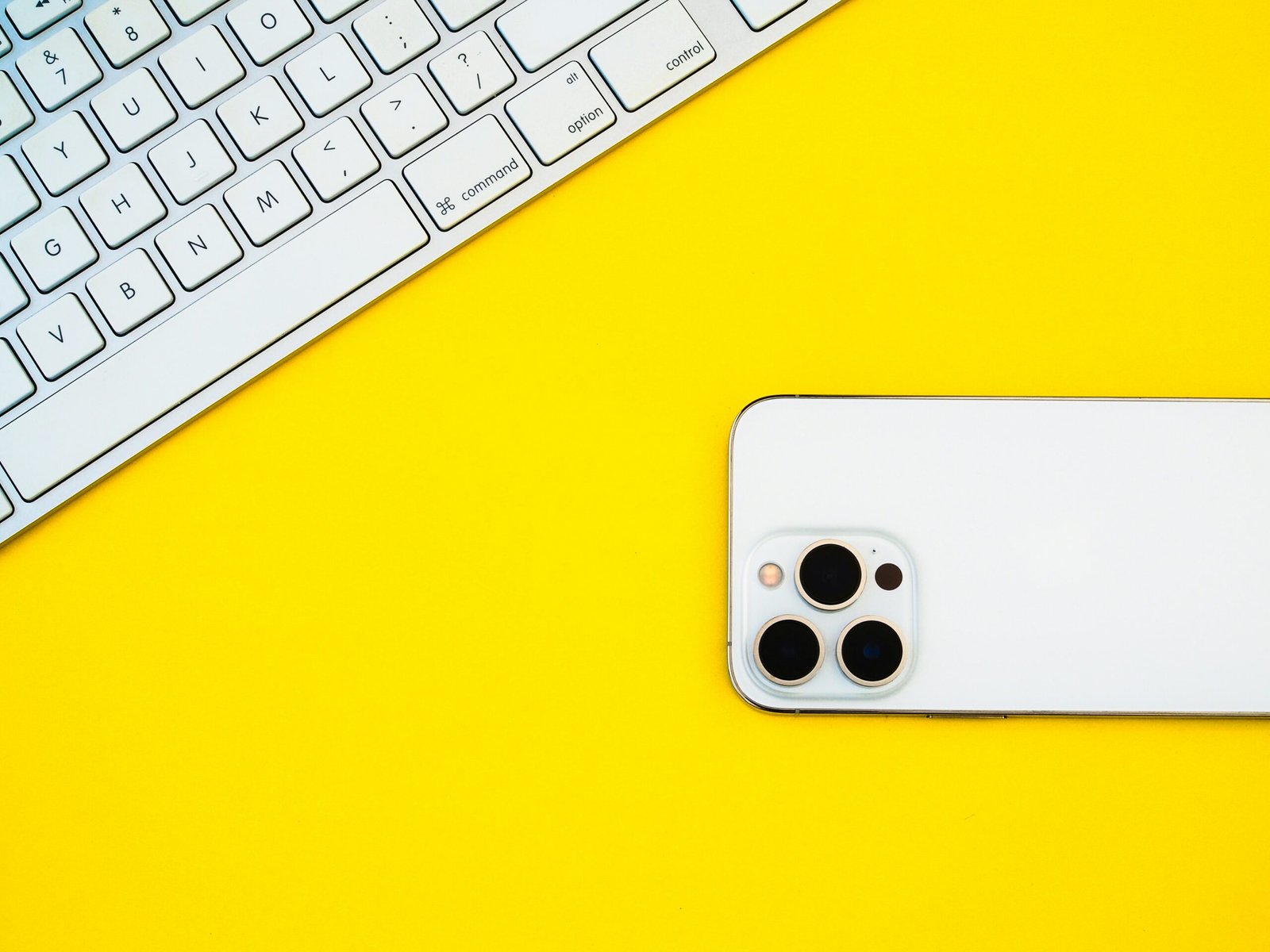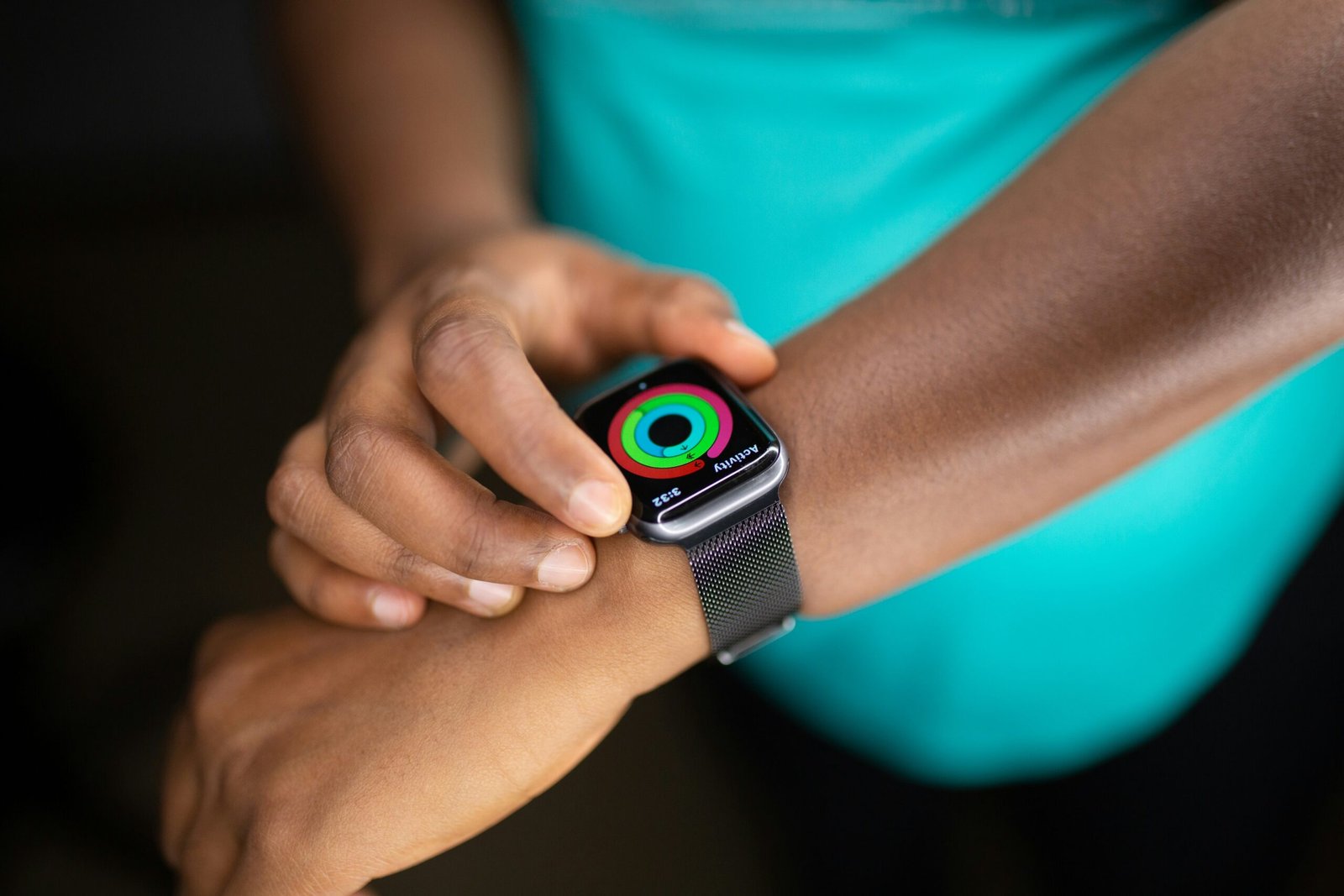
The Design Phase: Conceptualizing the iPhone
The design phase of iPhone manufacturing serves as a critical starting point in creating a device that is not only functional but also aesthetically pleasing. Apple’s approach to this stage integrates the efforts of talented industrial designers and skilled engineers, ensuring that both the artistic and technical aspects are synthesized seamlessly. This collaboration is fundamental as it allows for the envisioning of a device that embodies Apple’s signature elegance while incorporating the latest technological advancements.
During this initial phase, advanced software tools are employed for prototyping, enabling designers to visualize the product in 3D before any physical models are created. This digital simulation process allows for quick iterations and refinements, facilitating an efficient exploration of potential designs. The use of these sophisticated tools ensures that every design decision, from the shape of the body to the placement of buttons, is meticulously considered in pursuit of a cohesive look and feel.
Furthermore, consumer feedback plays a vital role in shaping the design elements of the iPhone. Through various forms of market research, Apple gathers insights from potential users regarding their preferences for size, color, materials, and overall functionality. This feedback loop helps to tailor the iPhone to meet consumer desires while adhering to Apple’s strict design guidelines, which emphasize innovation, simplicity, and usability. These guidelines not only dictate the aesthetic aspects but also influence practical considerations such as ergonomics and the interactive user experience.
Ultimately, this careful blending of aesthetics and functionality lays a strong foundation for the subsequent manufacturing processes. The design phase is crucial in ensuring that the iPhone is equipped to resonate with its user base while remaining true to Apple’s essence of innovation and quality.
Sourcing Components: Building the iPhone’s Parts
The process of sourcing components for the manufacture of an iPhone is a critical phase that lays the foundation for the entire production cycle. Apple collaborates with a diverse array of suppliers located around the globe to obtain the high-quality materials necessary for the assembly of its flagship smartphone. This involves a rigorous selection process, where potential suppliers are assessed based on their ability to meet Apple’s stringent quality standards and reliability requirements.
Among the essential components sourced are semiconductors, which serve as the brain of the device, enabling complex computing operations and functionality. Apple has built long-term partnerships with leading semiconductor manufacturers to ensure a consistent supply of these critical components. Additionally, display technology plays a significant role in user experience; therefore, sourcing high-resolution screens that meet durability and visual standards is paramount.
Cameras are another vital component in the iPhone’s design, and Apple sources their camera modules from specialized manufacturers known for their innovation in optical technology. The selection of case materials, which affects both the aesthetic and structural integrity of the device, also requires careful consideration. Apple emphasizes the importance of selecting sustainable and environmentally friendly materials wherever possible, reflecting the company’s commitment to sustainability throughout its supply chain.
Supply chain management is an integral part of Apple’s component sourcing strategy. The company employs advanced logistical operations to maintain a smooth flow of materials while ensuring that quality control is consistently upheld. By monitoring supplier performance, Apple is able to swiftly address any issues that might arise, thereby minimizing disruptions in the production process. Furthermore, Apple actively collaborates with its suppliers to implement innovative solutions that enhance efficiency, ensure ethical sourcing practices, and promote environmental responsibility in its operations.
Assembly Line: The Heart of iPhone Production
The assembly line serves as the pivotal element of iPhone production, where a multitude of meticulously sourced components converge to create a singular, innovative device. Major manufacturing partners, notably Foxconn and Pegatron, are integral to this process, bringing a wealth of expertise in electronics assembly. These companies operate vast facilities equipped with both automated machinery and skilled labor, which work in harmony to streamline the complex assembly procedure.
At the heart of the assembly line are various tasks that include the installation of critical components such as the battery, display, and internal circuitry. The integration of automation facilitates speed and precision in the assembly process, but it is the skilled workforce that performs intricate tasks requiring a human touch. In many cases, employees are trained extensively, which is essential for maintaining high efficiency and product quality. The combination of advanced technology and committed labor results in the rapid production of millions of units each year.
Quality assurance is a paramount concern during the assembly phase. Implementing rigorous testing protocols, manufacturers ensure that each iPhone meets Apple’s stringent standards. These measures not only help in identifying defects before the devices reach consumers but also reinforce the brand’s reputation for reliability and excellence. Additionally, quality assurance processes are focused on both the hardware and software components of the iPhone, maintaining consistency across diverse production batches.
Moreover, the ethical treatment of workers and prioritization of worker safety in manufacturing hubs is a significant aspect of iPhone production. As scrutiny over labor practices intensifies, Foxconn and Pegatron, along with Apple, are increasingly committed to fostering a safe and humane working environment. Such initiatives not only enhance workforce morale but also play a crucial role in sustaining operational efficiency and ethical business practices within the global supply chain.
Quality Control and Testing: Ensuring Perfection
The manufacturing of iPhones is an elaborate process that culminates in rigorous quality control and testing phases, designed to ensure that every device meets Apple’s high standards for functionality, durability, and safety. After each assembly stage, products undergo a sequence of thorough inspections and evaluations aimed at identifying any potential flaws before the devices are made available to consumers.
One key aspect of this quality control process is the functionality tests, which include verifying that all components, such as the touchscreen, cameras, and connectivity features, operate as intended. These tests are critical, as they simulate typical usage scenarios to catch any irregularities early. Durability tests further ensure that iPhones can withstand daily wear and tear. For instance, devices may be subjected to drop tests to evaluate their resistance to impacts, as well as exposure to various environmental conditions such as temperature extremes and humidity.
Moreover, Apple’s commitment to user safety is paramount. This includes performing battery safety tests to check for overheating and ensuring compliance with regulatory standards globally. Alongside hardware assessments, software testing is also essential. This entails rigorous evaluations of the iOS system to guarantee that it functions seamlessly and enhances the overall user experience. Real-world scenarios are emulated to assess app performance, multitasking abilities, and connectivity stability.
Additionally, Apple utilizes automated testing units and artificial intelligence-driven analysis as part of its continuous improvement processes. These innovations aim to enhance testing efficiency and accuracy, thus ensuring products not only meet but exceed industry benchmarks. By adhering to such stringent quality control protocols, Apple reinforces its dedication to delivering premium devices, creating an expectation of perfection that consumers have come to associate with the iPhone brand.
















